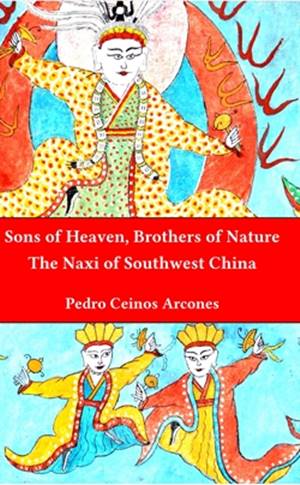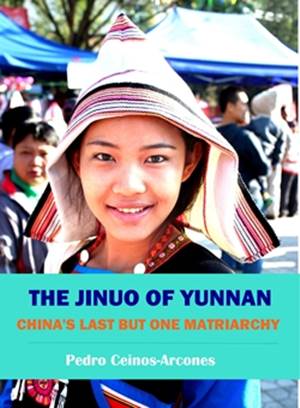The Dong are one of the minorities of China with a large population. According to the census of the year 2000 their population was 3,000,000 people.
They live mainly in Guizhou Province (approximately 1,800,000 people), along a fringe of flat lands that cross the province from north to south. There is also a big Dong population in the southern part of neighboring Hunan Province (about 900,000), and more than 200,000 persons in Guangxi Zhuang Autonomous Region, and a few thousand in Hubei Province (Enshi Prefecture).
The Dong, as do most of the peoples related to them, live near the rivers or in hills generally not of great height. They mainly cultivate rice. They raise domestic animals, especially hens and pigs. The exploitation of the forests, which holds a special spiritual relationship with the Dong, is an activity of economic importance.
They refer to themselves as «Kam.»
It is generally considered that there are two quite different types of Dong, the Dong of the North and the Dong of the South.
There are important linguistic and cultural differences between them. In general those of the north have received more influences from mainstream Chinese culture, while those of the south better conserve the Dong traditions. The typical monuments of the Dong, such as Drum Towers, Bridges of Rain and Wind, and the Temples of the Goddess Mother Sama, are all characteristic of the Dong of the South.
Their language belongs to the Sino-Tibetan family, Dong Dai branch, Zhuang Dong sub-branch. It has two main dialects, understandably called the northern and southern dialects, whose speakers cannot understand each other easily. Each one of these dialects has in turn three clearly differentiated local sub-dialects.
After 1958 an alphabet was invented for their language, but it has not been widely used. Before 1958, they used Chinese characters adapted to their own language.
More posts on China ethnic groups
The main branches of the Yao Nationality
The main branches of the Yao Nationality The Yao are extended in a wide area of Southeast Asia, as Fei Xiaotong (1), one of the first anthropologists to study them, asserts: "The Yaos characteristically lived in small, widely-scattered communities. The Yaos of Guangxi...
The Yao nationality puzzle
The Yao puzzle The Yao are one of the indigenous peoples of China remarkable for the following characters: - Big population. According to the 2000 census there were 2,600,000 Yao only in China. - Big dispersion. The Yao are dispersed for all the provinces of South...
Jinxiu Yao Autonomous County
Jinxiu Yao Autonomous County It was established in 1952 with the name of Dayaoshan (Big Mountain of the Yao) Autonomous Zone, but in 1966 the name was changed to Jinxiu Yao Autonomous County. It is a mountainous county with rugged lands and a climate hot and wet. It...
Different marriages of the Yao people
Different marriages of the Yao people Among the Yao there are different kinds of marriage, though all they have some common characteristics: - They use antiphonal songs to court each other. - They have the freedom to choose their love partners, but they not have...
The drum of the clan among the Balou Yao
The drum of the clan among the Balou Yao The Yao are one of the peoples who inhabit the mountains of southern China. They are composed of numerous branches, with languages and cultures that are quite different. One branch of the branches is known as White Pants Yao...
The religion of the Pai Yao
The religion of the Pai Yao The Pai Yao living in Liannan County believe that the world is populated by a multitude of spirits that they roughly divide into big and small spirits. According to their behavior regarding human beings, they are classified also as good or...









